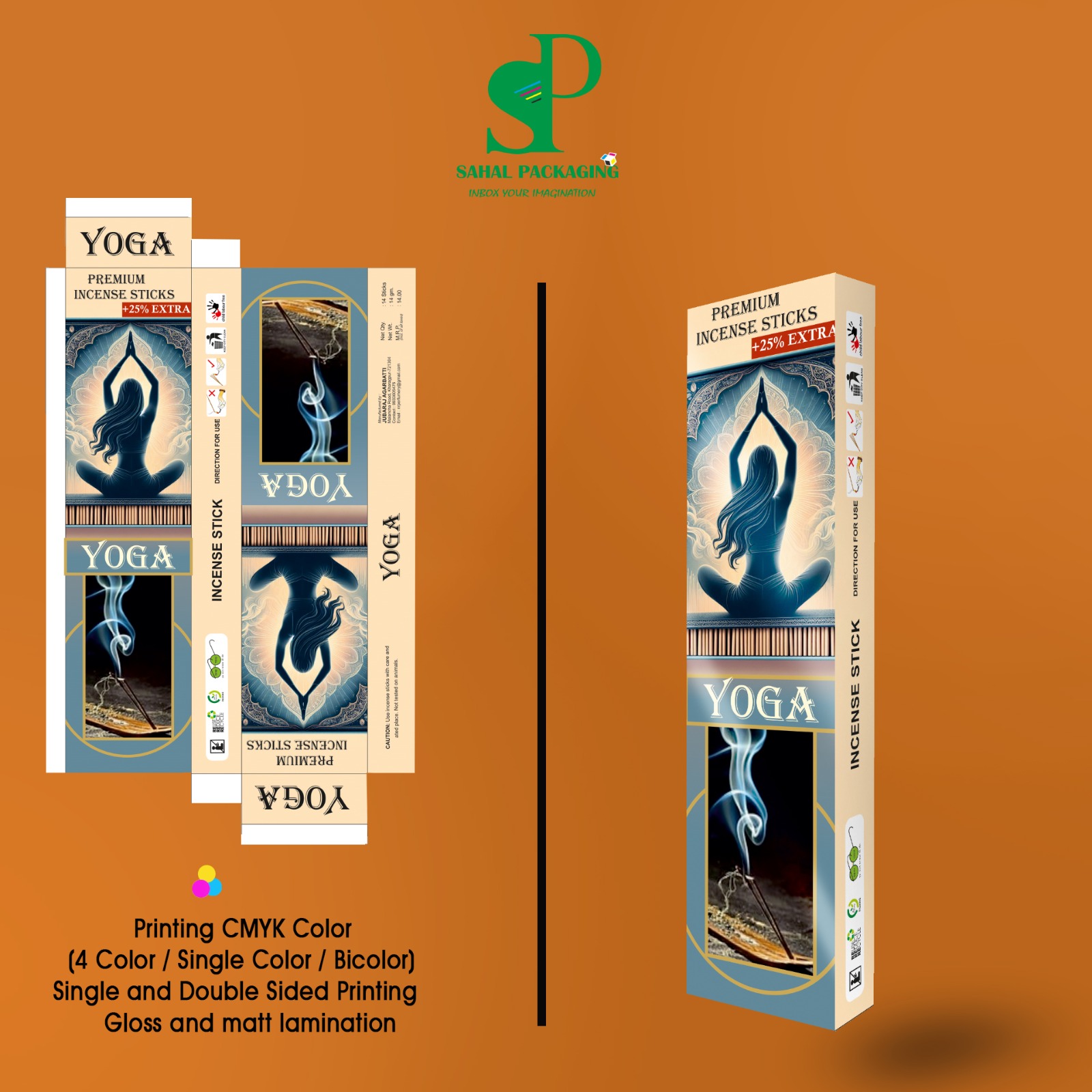Create eye-catching agarbatti box packaging designs to attract customers. Increase brand awareness and interaction by implementing creative design techniques.
Key Takeaways:
- Agarbatti box packaging design is essential for drawing in clients and setting your brand apart from competitors.
- Optimizing agarbatti box packaging design may raise consumer interaction and brand awareness.
- Comprehending consumer inclinations and industry developments is crucial for developing successful agarbatti box packaging designs.
- Using sustainable processes and eco-friendly products can attract customers who care about the environment.
- Product characteristics and brand values are effectively communicated through packaging design can increase brand loyalty and revenue.
Introduction: Agarbatti Box Packaging Design
When it comes to consumer goods, package design is a silent but effective brand ambassador that subtly communicates messages, values, and quality to prospective buyers. Regarding the items made from agarbatti (incense sticks), the packaging design acts as the initial point of contact between the customer and the brand. Creating a captivating agarbatti box packaging design not only makes the goods more visible but also captures the spirit of the brand. In this thorough manual, we explore the nuances of agarbatti box packaging design, examining important tactics, developments, and factors to help you succeed in the cutthroat US market environment.
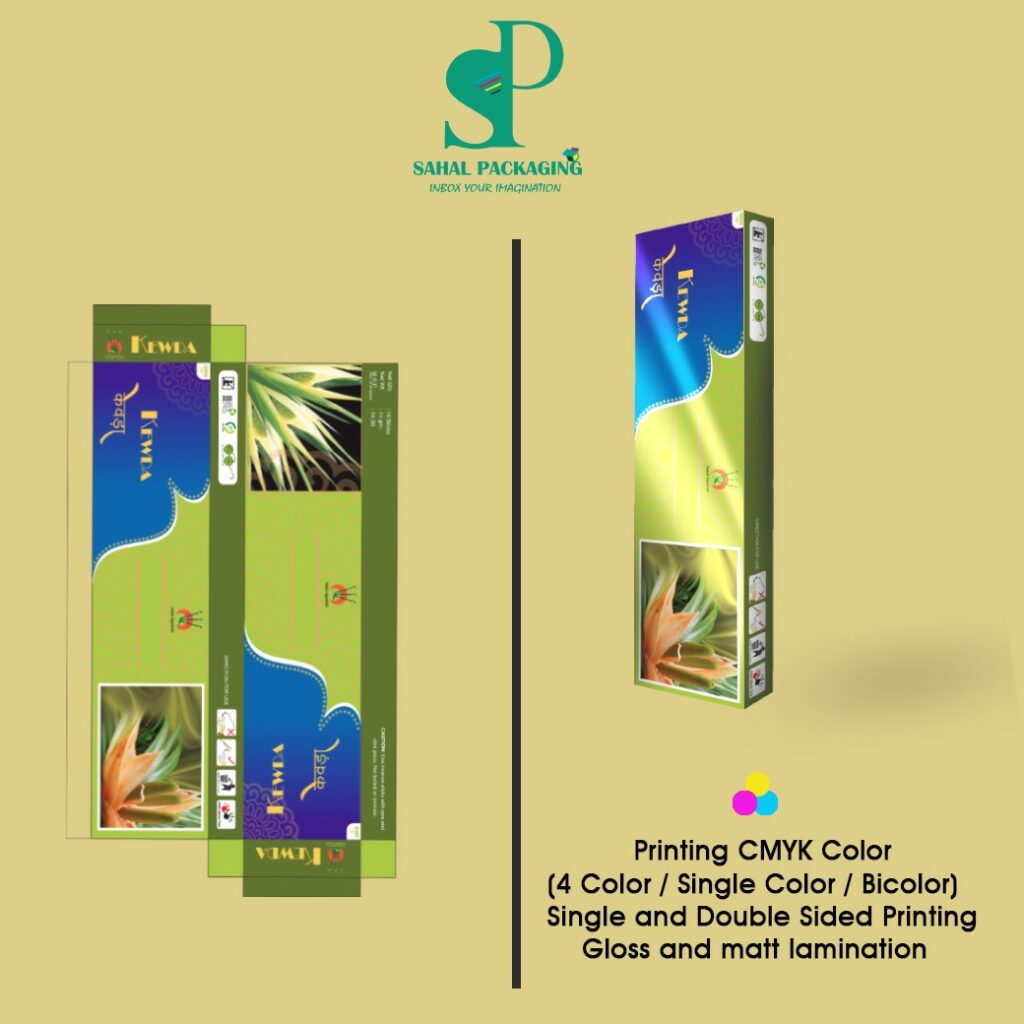
Origin of Agarbatti Box Packaging Designs
Agarbatti, commonly referred to as incense sticks, have long been a vital component of many cultures and customs, valued for their fragrant qualities and spiritual importance. The origin of agarbatti box packaging designs might be linked to the antiquated customs of incense production and packaging when careful attention to detail and symbolism were essential.
Historical Significance:
In ancient civilizations such as India, China, and Egypt, In religious rites, meditative exercises, and cultural celebrations, incense was essential. Agarbatti’s packaging was not just useful; it also had profound symbolic meaning that reflected the incense’s spiritual essence and the devotion with which it was utilized.
Traditional Packaging Techniques:
Early agarbatti box packaging designs were fashioned from organic materials including bark, leaves, and handmade paper. The box was embellished with religious themes, sacred symbols, and fortunate charms by artists using intricate techniques like calligraphy, block printing, and hand painting.
Evolution and Modernization:
As incense production evolved from artisanal practices to industrial manufacturing, the packaging of agarbatti underwent notable changes. With developments in packaging materials, printing technologies, and design trends, agarbatti box packaging designs have become more elaborate, vibrant, and consumer-centric.
Cultural Influence:
The cultural diversity of agarbatti box packaging designs reflects the rich tapestry of traditions, beliefs, and aesthetics across different regions and communities. From ornate Indian motifs to minimalist Japanese designs, agarbatti packaging embodies cultural heritage while adapting to contemporary preferences.
Design Innovation:
In recent years, design innovation has emerged as a driving force in the evolution of agarbatti box packaging. Companies are experimenting with non-traditional forms, eco-friendly materials, and interactive features to improve product awareness, customer interaction, and brand uniqueness.
Market Dynamics:
In today’s global marketplace, agarbatti box packaging designs have a significant impact on customer perception, market competitiveness, and brand positioning. To satisfy a wide range of consumer tastes while maintaining their brand identity, brands work to find a balance between tradition and innovation.
Sustainable Practices:
The agarbatti sector is adopting environmentally friendly packaging options as environmental preservation and sustainability becoming more widely recognized. Eco-friendly design ideas, recyclable packaging, and biodegradable materials are becoming more commonplace, in line with consumer preferences and legal mandates.
Conclusion:
The origin of agarbatti box packaging designs is firmly anchored in custom, culture, and craftsmanship, and it reflects the enduring appeal of incense as well as its important role in human history. Let us respect the heritage of agarbatti packaging while embracing the spirit of innovation and sustainability as we negotiate the ever-shifting terrain of design trends, technology breakthroughs, and customer preferences. By doing this, we not only uphold tradition’s core values but also clear the path for a more dynamic, inclusive, and sustainable future for agarbatti box packaging designs.
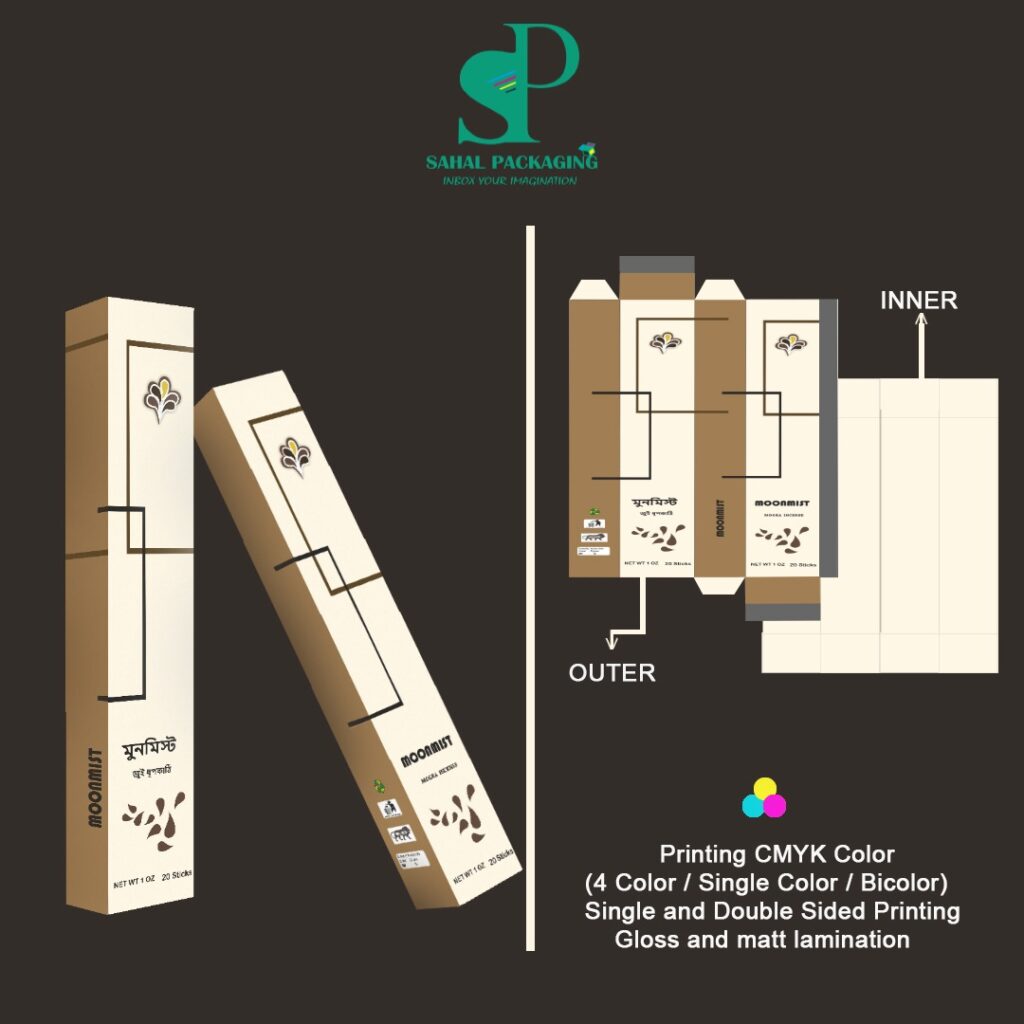
Understanding the Essence: Agarbatti Box Packaging Design Essentials
In the realm of agarbatti box packaging design, A captivating customer experience is the result of the convergence of brand identification, functionality, and aesthetics. When crafting agarbatti box packaging design, Achieving an equilibrium between aesthetic appeal and functionality is crucial. Let’s examine the key components of a successful packaging design for agarbatti boxes:
Visual Appeal and Brand Representation
Bold Keywords: Visual Appeal, Brand Representation
Agarbatti box packaging design acts as a blank canvas for identity expression and brand storytelling. Bright colors, eye-catching images, and unique typography are crucial for drawing in customers and conveying company values. Establishing an emotional connection with customers via the use of culturally relevant images and symbols may help promote brand loyalty.
Functional Design and Convenience
Bold Keywords: Functional Design, Convenience
Beyond aesthetics, agarbatti box packaging design should put user comfort and functionality first. Easy-to-open lids, resealable closures, and compact sizes are examples of user-friendly characteristics that improve the whole shopping experience. Furthermore, including educational components like usage guidelines, product advantages, and safety alerts guarantees clarity and openness and builds brand confidence.
Material Selection and Sustainability
Bold Keywords: Material Selection, Sustainability
Consumers are becoming more and more interested in sustainable packaging techniques in today’s environmentally concerned world. Choosing recyclable packaging, biodegradable materials, and green printing methods not only lessens the impact on the environment but also reflects the values of the consumer. Accepting sustainability in agarbatti box packaging design shows a dedication to corporate social responsibility and appeals to customers who care about the environment.
Differentiation and Innovation
Bold Keywords: Differentiation, Innovation
Standing out in a crowded marketplace requires creativity and innovation in agarbatti box packaging design. It is possible to stimulate customer attention and develop brand memorability by experimenting with non-traditional forms, textured finishes, and interactive aspects. Adding tactile decorations or scented coatings to products also improves their connection with customers and leaves a lasting impression.
Market Research and Consumer Insights
Bold Keywords: Market Research, Consumer Insights
Knowing industry trends and client preferences is essential to creating successful agarbatti box packaging designs. Effective market research, which includes consumer surveys and competition analysis, offers priceless insights into new trends, consumer expectations, and purchase patterns. By employing data-driven design choices, companies may customize agarbatti box packaging to connect with the intended audience, increasing sales and fostering brand loyalty.
Analyzing the Impact: Case Studies and Design Showcase
To demonstrate the range of opportunities and effects of agarbatti box packaging design, we offer a carefully chosen assortment of design showcases and case studies:
Case Study 1:
| Brand | Design Concept | Key Features |
|---|---|---|
| Aromatic Bliss | Nature-Inspired Illustrations | Biodegradable Materials, Minimalist Typography |
Case Study 2:
| Brand | Design Concept | Key Features |
|---|---|---|
| Serene Scents | Interactive Packaging | Scented Coating, QR Code Integration |
Design Showcase:
Conclusion
Within the ever-changing consumer products industry, agarbatti box packaging design acts as a vital instrument for market success, customer engagement, and brand distinction. Prioritizing sustainability, creativity, visual appeal, and usability helps firms develop packaging designs that have a lasting impression on customers and spur business expansion. Using ongoing refinement, adjustment to new developments, and a thorough comprehension of customer inclinations, companies may unleash the whole potential of agarbatti box packaging design to enthrall viewers and improve their brand’s visibility in the cutthroat marketplace.
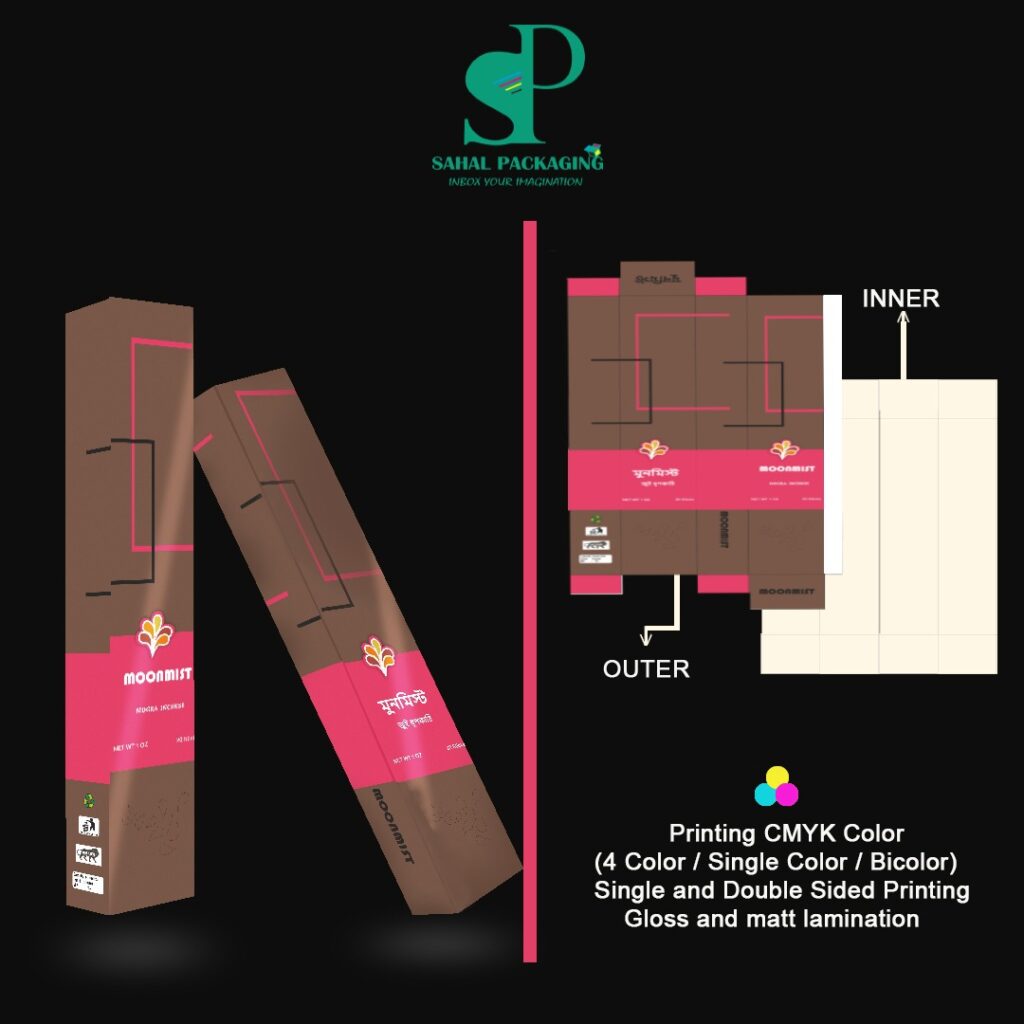
In essence, agarbatti box packaging design surpasses simple usefulness; it conveys the company’s values, reflects the soul of the brand, and builds deep relationships with customers. As we maneuver through the ever-changing terrain of consumer inclinations and business forces, let us welcome the revolutionary potential of agarbatti box packaging design to create engrossing brand stories that encourage customer devotion.
Remember, in the world of agarbatti box packaging design, Every design iteration is an opportunity to captivate hearts, minds, and senses since the trip is just as stimulating as the goal.
Frequently Asked Questions
Is it imperative that sustainability be included in agarbatti box packaging designs?
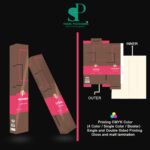
Incorporating sustainability into agarbatti box packaging designs is not only required but also advantageous for firms in the current environmentally sensitive landscape. Adopting sustainable practices may improve business reputation, draw in environmentally concerned customers, and support long-term environmental conservation initiatives. Consumers are leaning toward eco-friendly goods and packaging. Brands may cultivate brand loyalty by using recyclable materials, reducing packaging waste, and openly publicizing sustainability goals.
